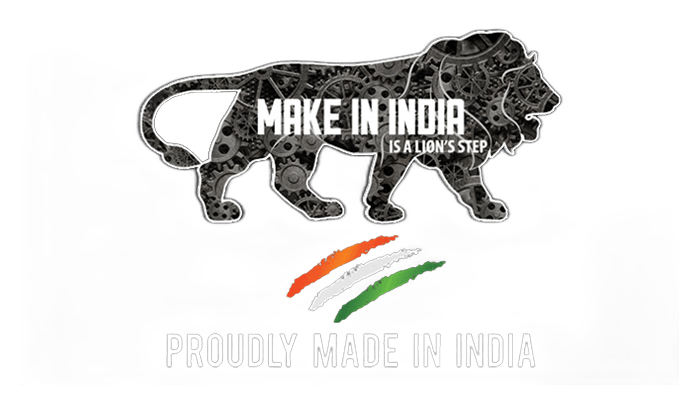Concrete Block Making Machine

An automatic concrete block plant is a type of manufacturing facility that produces blocks using concrete, along with other materials such as cement, sand, and lime. Concrete is a versatile material that can be used to create durable and structurally sound blocks, suitable for various construction applications.
The term “automatic” indicates that the block manufacturing process in this type of plant is highly automated, reducing the need for manual labor and increasing production efficiency.
| Bricks/ Blocks per Stroke | 2 Bricks |
| Production Capacity | 200 Bricks/ Blocks per Hour |
| Pan Mi.xer | 400 Kg Capacity (Max) |
| Belt Conveyor | 10 Ton per Hour |
| Vibrating Motor | 5 HP x 02 Nos.= 10 HP |
| Power | 33 HP/24.75 KW |
| Pallet Size | 550 x 550 x 19mm |
| Labors | 1-Operator, 10 Labor |
| Bricks/ Blocks per Stroke | 3 Bricks |
| Production Capacity | 300 Bricks/ Blocks per Hour |
| Pan Mi.xer | 550 Kg Capacity (Max) |
| Belt Conveyor | 10 Ton per Hour |
| Vibrating Motor | 7.5 HP x 02 Nos.= 15 HP |
| Power | 44 HP/33 KW |
| Pallet Size | 650 x 550 x 19mm |
| Labors | 1-Operator, 12 Labor |
Build Your Dreams, With Our Machines
Products From Our Machine
Advantages of Our Machine

High Production Capacity: Orbit Fully automatic machines exhibit an impressive capability to manufacture a substantial quantity of concrete blocks within a shorter time frame in comparison to manual or semi-automatic methods. We are offering a Fully Automatic Concrete Block Plant in Different Models to cater to production requirements of 200 to 300 hollow/solid blocks and bricks per hour.
Consistency in Quality: Automation guarantees uniformity in block size, shape, and overall quality. This aspect is of paramount importance in construction projects where consistent blocks are essential to uphold structural integrity.
Reduced Labor Costs: Manual block-making procedures necessitate a significant infusion of labor, whereas fully automatic machines function with minimal human intervention. This leads to decreased labor expenses and diminished demand for skilled labor, resulting in noteworthy cost reductions.



